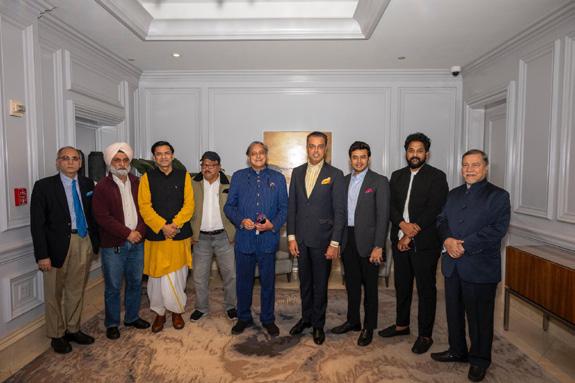
2 minute read
Explaining Op Sindoor to international community
New Delhi, July 4 (IANS) The move of the Modi government to send out seven multi-party delegations to different world capitals to clarify India’s position regarding Operation Sindoor, which was launched following the terrorist attack at Pahalgam on April 22, did fulfil a strategic requirement of this country in as much as the India-Pak military confrontation provoked by Pakistan-directed terror violence and the subsequent announcement of a ‘ceasefire’ between the two countries, had to be put in the right perspective from India’s point of view.
The brief given to the delegations revolved around the basic Indian contention that the cross-border terrorism long known to be originating from Pakistan, was the trigger for the retaliatory action of India.
The delegations were to primarily warn the global community that Pakistan’s undiminished terror infrastructure had serious implications for the entire world.
The delegations were expected to call the bluff of Pakistan as the latter was trying to claim that it was also a victim of terrorism.
In reality, Pak ISI had harboured Islamic radical forces like Al Qaeda and Islamic State of Iraq and Syria (ISIS) which shared the legacy of being anti-West, in addition to the terror outfits like Hizbul Mujahideen (HuM) and the Saudi-funded Lashkare Toiba (LeT) that were always on the right side of the West.
This had given some benefit to Pakistan because of the American policy of making a distinction between ‘good terrorists’ and ‘bad terrorists’ at one point in timebefore the killing of Osama bin Laden near Abbottabad by a team of Navy SEALS, exposed the Pak duplicity on Terror.










